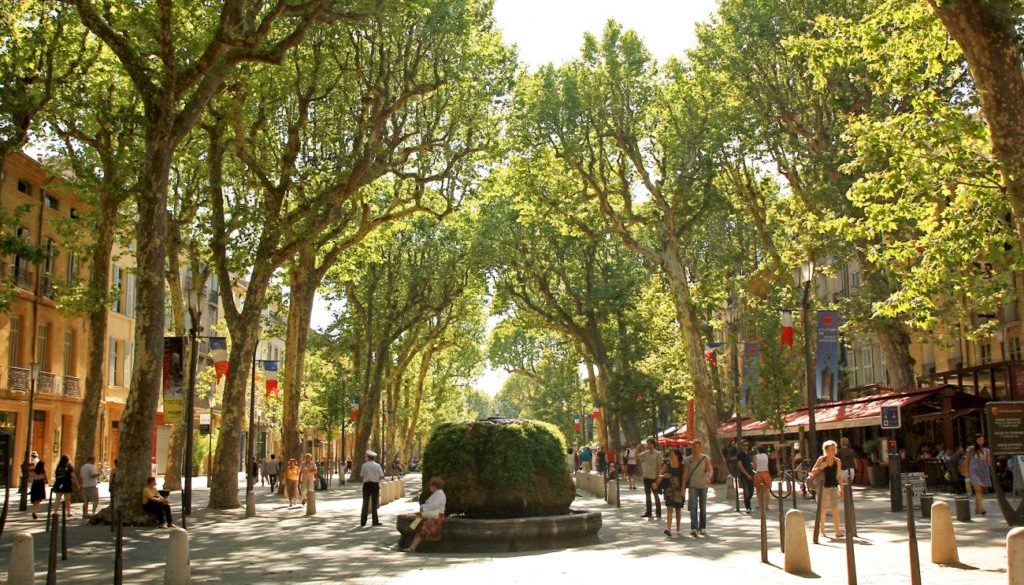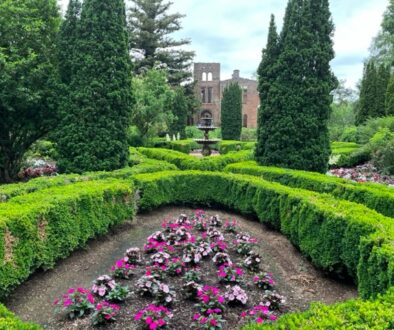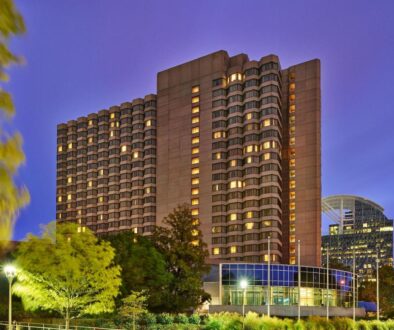A Stroll thru the South of France

This is a bit like publicizing my awkward high school year book photo, but below is an edition from the archives. I cringe a bit at the writing, but smile at the memories.
Nice, France
February 22, 2000
Were human history a library ravaged by a fire from which only a single book emerged, what we know of it would correspond roughly to a single line in that volume.
Accepting C.S. Lewis’ analogy, we accommodate our limited power of memory and console our limitless ignorance by supposing that what remains was preserved and recorded as the most sublime representations of earlier ages.
The myopic nature of this assumption notwithstanding, we remain astounded by the notion that were Time’s meager bequest but a fraction of what it is we would still be unable to exhaust the inheritance.
We are blessed, however, to have at our disposal a table from which a satisfying and digestible portion of this banquet may be devoured, and at which have sat the most sophisticated, malicious, mendacious, brilliant, beneficent, ruthless, philosophical, and creative minds of Western Civilization.
We are blessed to have France.
Descending at Nice the visitor is impressed by the splendor of the sea and the grandeur of the mountains by which it is constrained.
While the town dates to the Phocaean settlements of the sixth century BC, Nice today reminds us less of Greek Nicaea than it does the influence of 16th century Genoese architects and 18th century English aristocrats.
The influx of Russians in the course and wake of the 1917 Revolution is evinced by the Orthodox Church where the visitor is greeted by a service adorned with chants and hymns that, while sung in Russian, are welcomed by all ears receptive to spirit and beauty.
To the east lies the extravagance of Monte Carlo and the realization that it is far surpassed by the journey required to witness it. Few scenes rival those that bless the traveler traversing the short distance between Nice and Monaco, as mountain, sky, and sea compose a Jupiter Symphony for the eyes.
Among the sweetest movements of this piece is the charming village of Villefranche-sur-Mer, ten miles from Nice and a million miles from the rest of the world. For 700 years fishermen and artists in this hamlet have intermingled, the one supplying the means of life, the other the reasons for living it.
From Nice to Provence one returns two hundred miles west and two thousand years into time, with incomparable stops at several places and dates before achieving these respective destinations.
The palms, pink villas, and Mediterranean vistas yield to wild thyme, lavender, oleander and the vine. The Mediterranean sun does not yield, though the climate assumes a more continental attitude, the people a more relaxed one.
From its inception as a retreat for Romans enticed by its thermal baths, to its 17th century golden age to which we credit the magnificent Cours Mirabaeu, the splendid grand mansions and the Baroque fountains by which each are adorned, Aix-en-Provence is a place to which any visitor would feel welcome to enter and reluctant to leave.
The student of architectural history can find few courses to rival that offered by the Cathedrale St-Sauveur, with its Romanesque nave arm-in-arm with its Gothic sibling, the shuttered 16th century portal carvings, the adjacent Romanesque cloister, and the 5th century baptistery using Roman colonnades from temples to other gods to embody the Merovignian transformation from one age to the next.
Across the Quartier Ancien stands the Eglise St-Jean-de-Malte, the first Gothic effort in Aix and tomb of the counts of Provence till the Revolution disturbed their peace.
Seduction succumbing to the constraints of time, we are compelled to depart Aix…though our disappointment is mitigated by the prospect of Avignon, home to 14th century popes and midwife to the schism.
From the 1309 election of Clement V to the 1415 dismissal of Benedict XIII, nine popes resided at Avignon, the first seven recognized by the Church as legitimate.
The impressive yet stone cold Palais des Papes disguises the luxurious splendor of its primacy, yet displays by its architecture the divergent styles of those who constructed it.
The Palais Vieux epitomizes the Cistercian severity of Benedict XII, the Palais Nouveau evokes the artistic frivolity of Clement VI, and the Great Court links the two.
From the palace and beyond the 12thcentury Cathedrale Notre-Dame-des-Doms we descend the slope to find floating on the Rhone the surviving arches of the Pont St-Benezet, product of divine strength and inspiration for children’s song.
Hovering above the bridge, the town of Avignon, its ornate Opera House, resplendent Rocher des Doms and festive central Place de l’Horloge are not to be missed.
But time again intrudes and Arles beckons.
Provincia of Roman Gaul left many indications of its existence, the greatest proportion of which lie in the region bounded by Orange, Nimes and Arles.
From its origin as a 6th century Greek colony, Arles has had upon its streets the feet of Caesar, Constantine, Jefferson, Gauguin and van Gogh.
Settlers from the time of the Greeks to the decline of the Middle Ages rest along the Aurelian Way at Les Alyscamps, a tree-lined necropolis within a short and worthwhile hike from the center of town.
The recreation by which these inhabitants of Arles once amused themselves is evinced by the picturesque ruins of the first century BC Ancient Theater and the immaculately preserved Arena of the first century AD, each of which remain in use today. The medieval towers of the Arena testify to its transition from classical arena to medieval fortification while in no way detracting from the beauty of the structure.
Several blocks west and a thousand years into the future stands the Romanesque Eglise St-Trophime, a shrine that in itself justifies our stop in Arles. The unsurpassed 12th century portal sculptures offer a sublime welcome to a nave of the same period, an 11th century transept, and a structure of such delightful symmetry that the 4th century Roman sarcophagus within its walls seems as if it could never have been elsewhere.

The adjacent St-Trophime cloister is perhaps the finest in Provence, its Romanesque columns surrounding a courtyard so serene as to move the soul of even the most devout nonbeliever.
Leaving Arles and the setting sun at our backs, we return to Nice along the isolated cliffs of the Mediterranean, the darkness disturbed only by moonlight on the waves. Such geological majesty reminds us that in the expanse of time we are historical contemporaries with those who left us the treasures we have just enjoyed.
Comforted by this knowledge, we continue on, deferring the notion that with the morning sun will rise the plane that will return us from our newfound contemporaries to a place and time that is so much the product of their efforts.
JD



